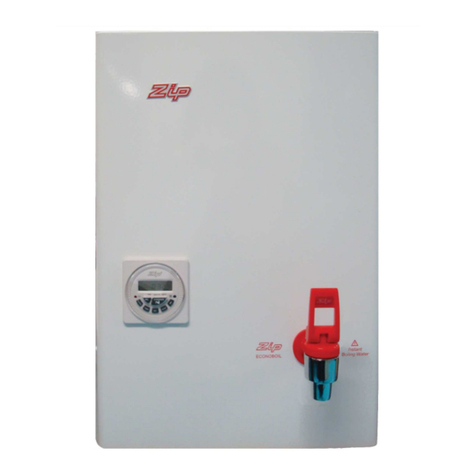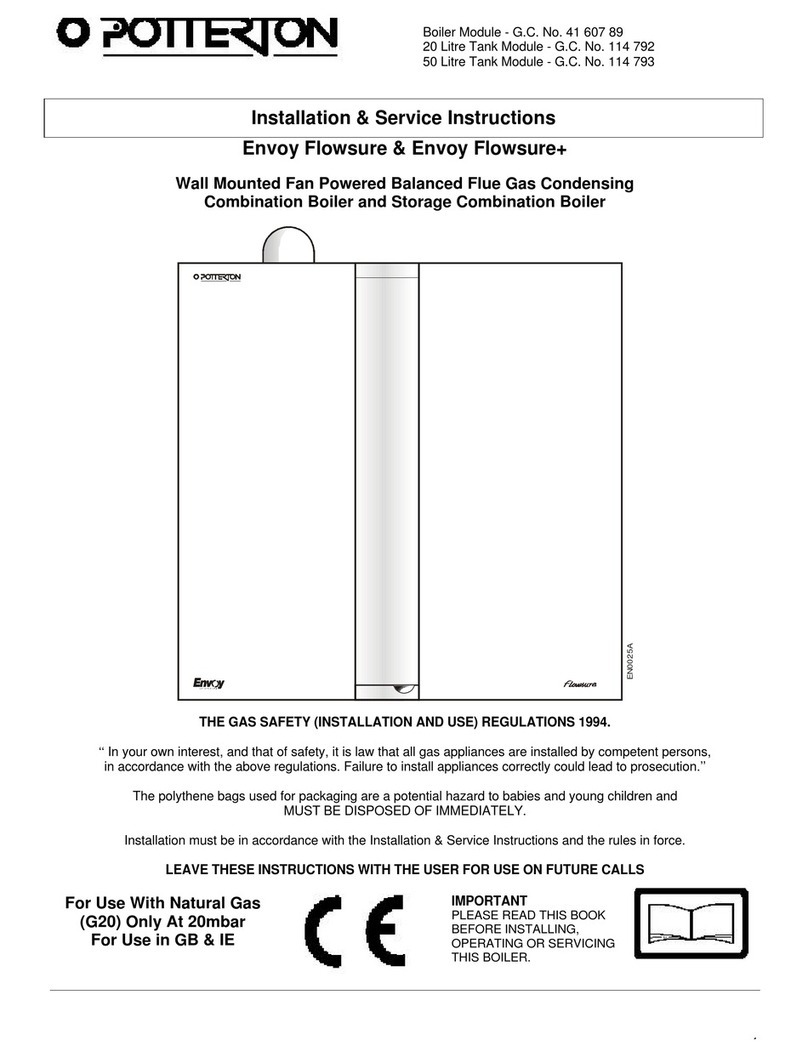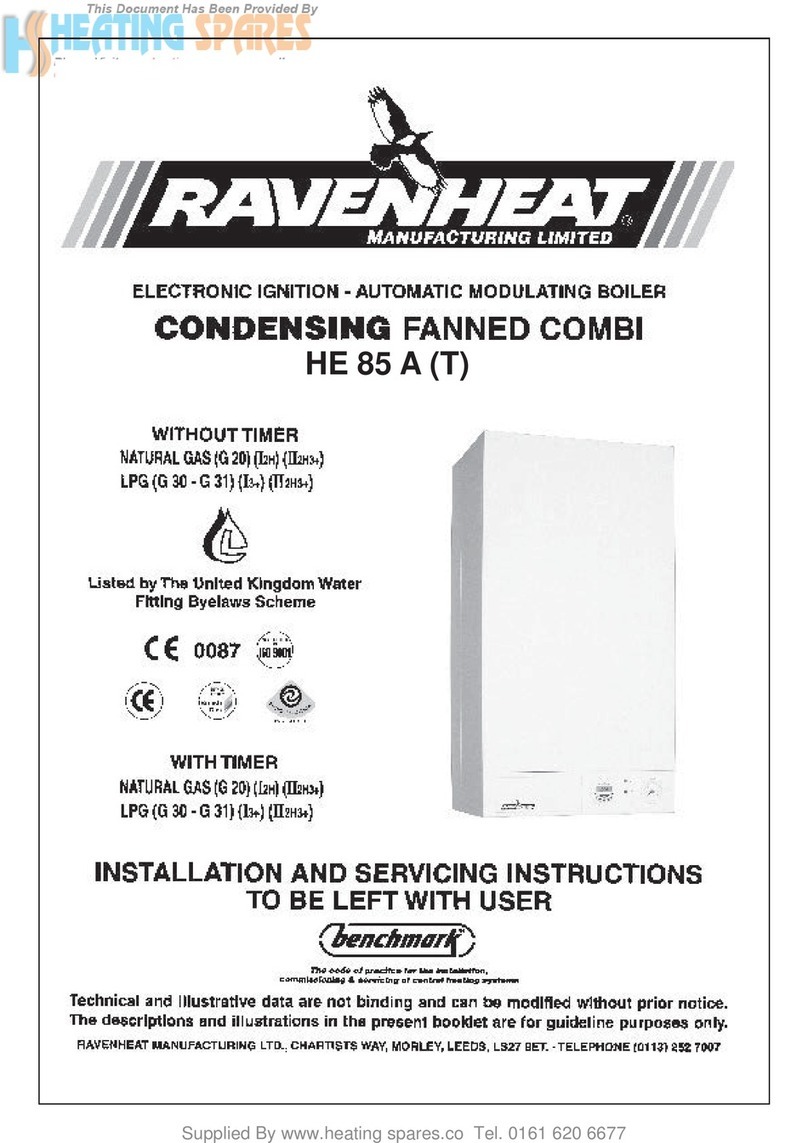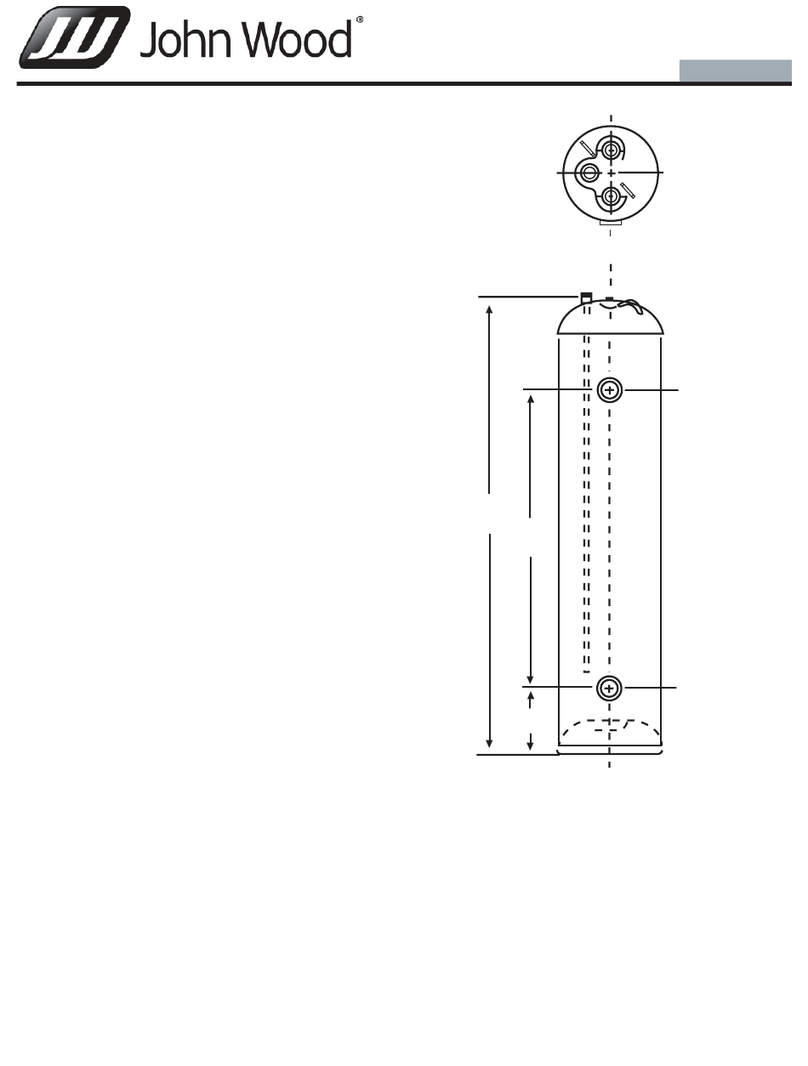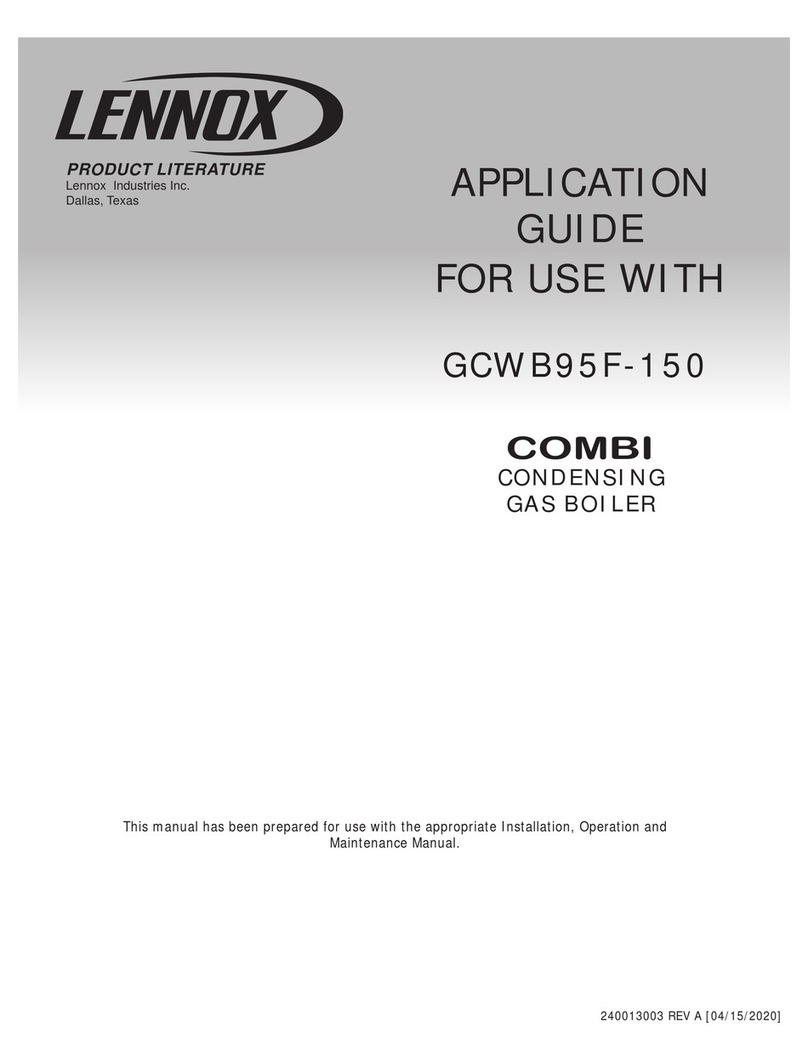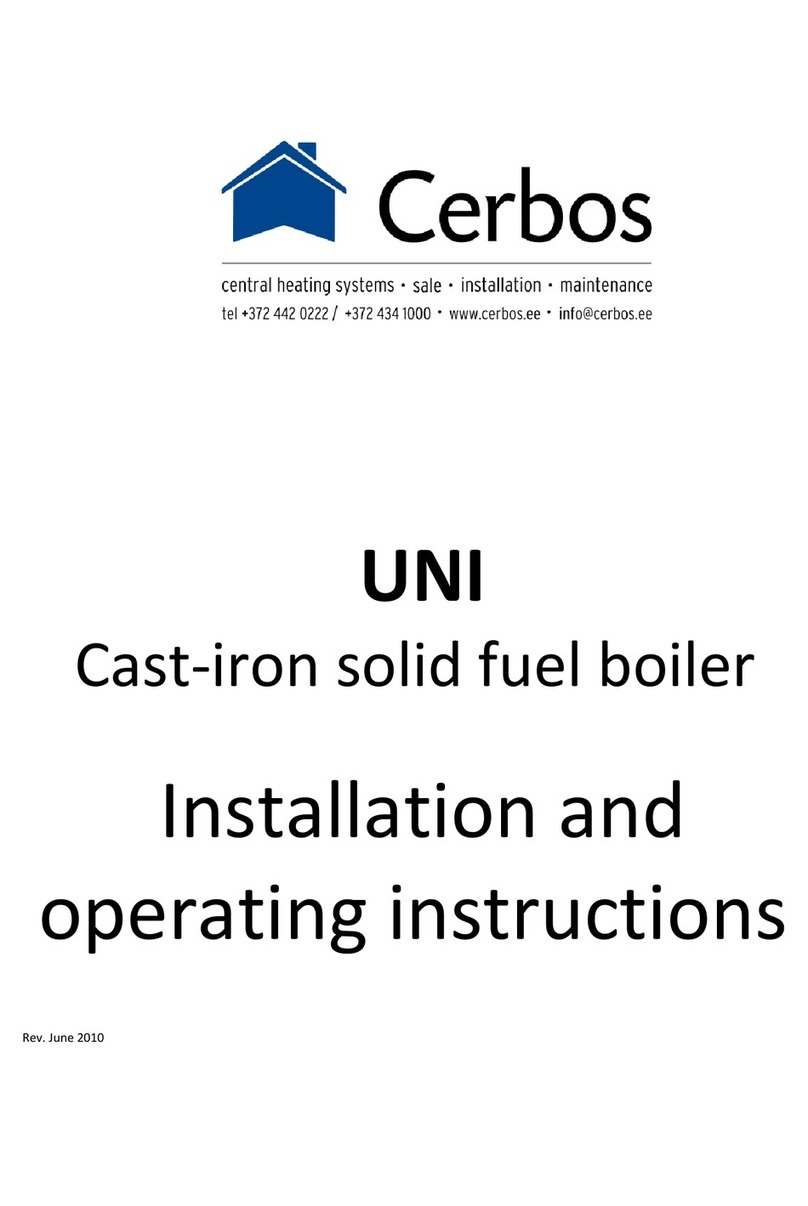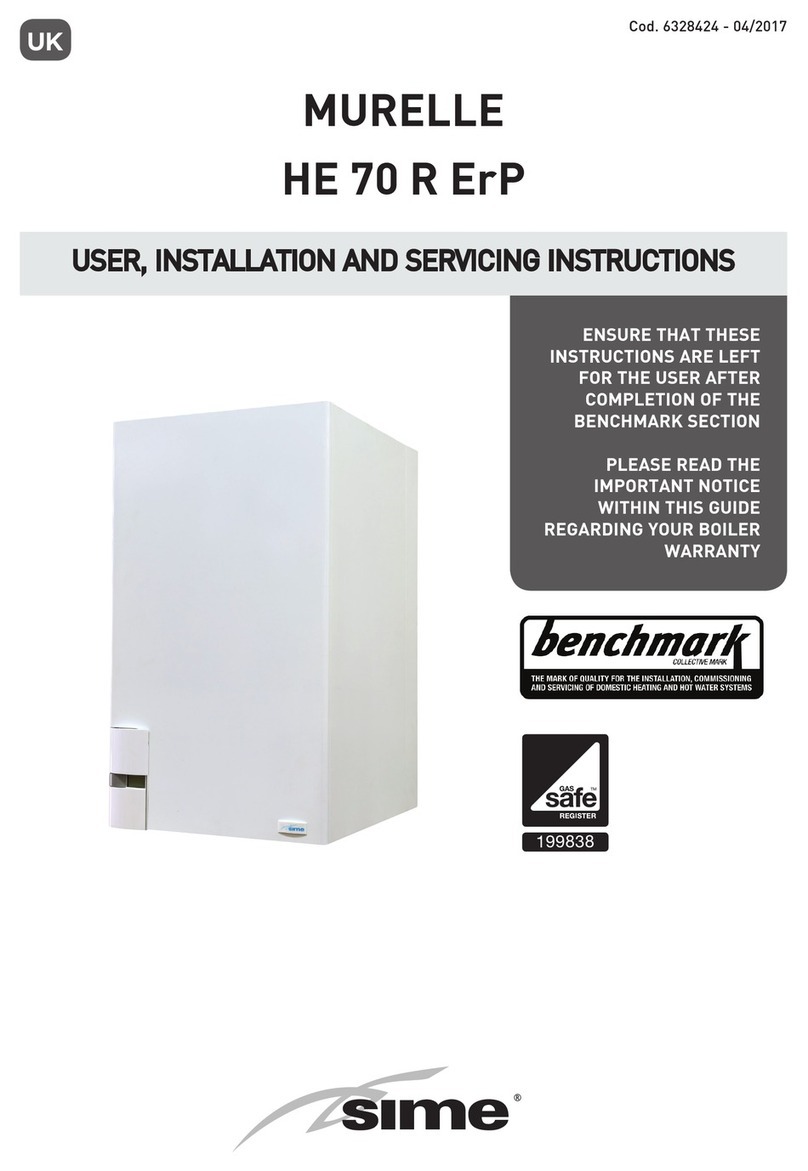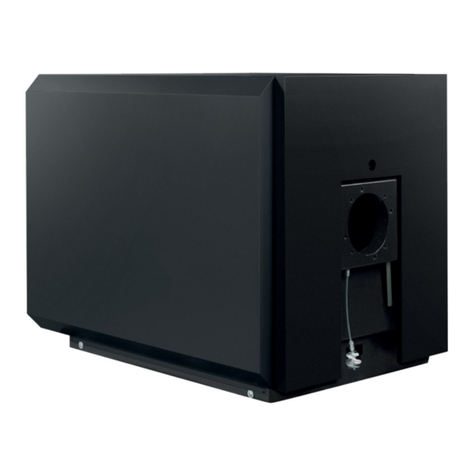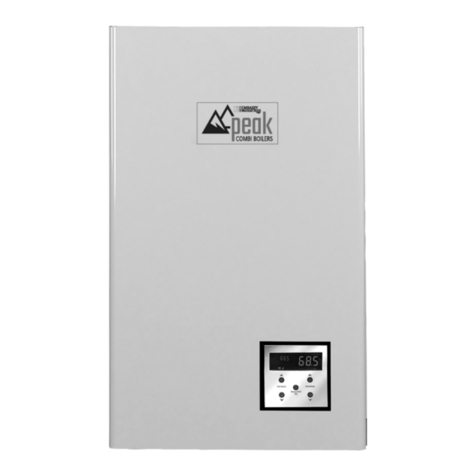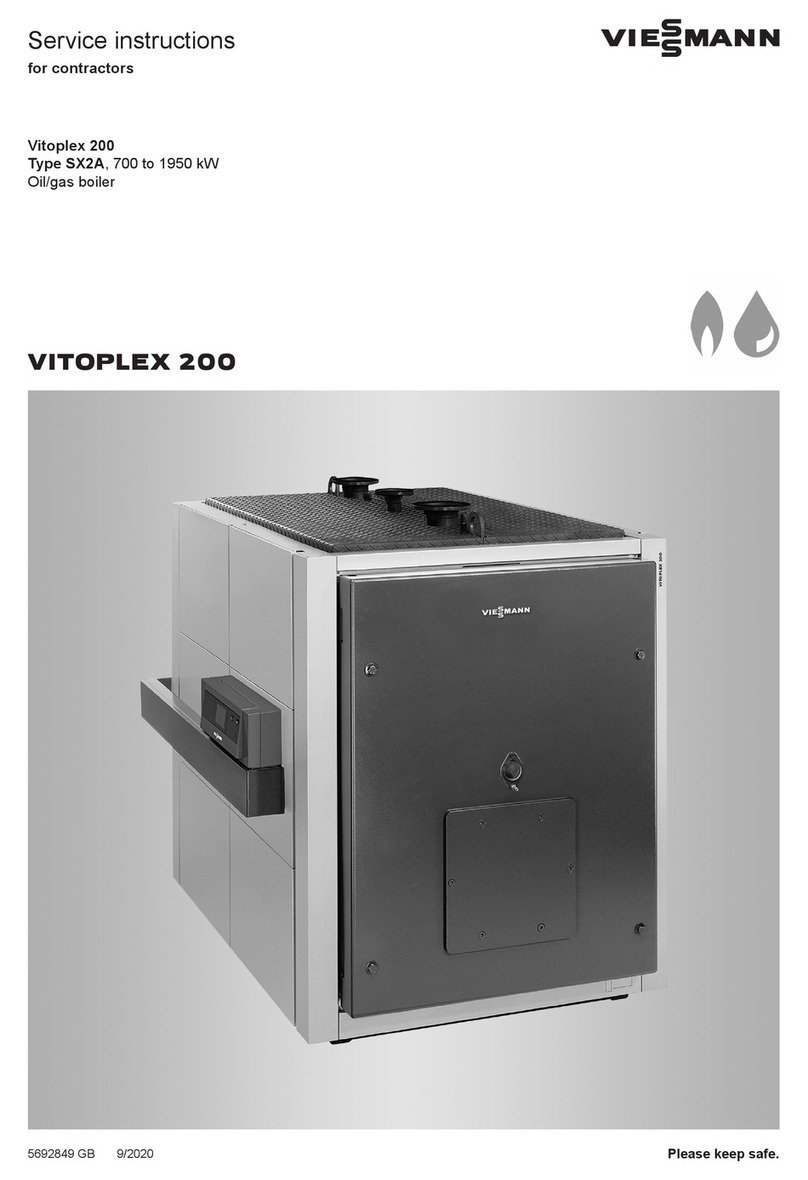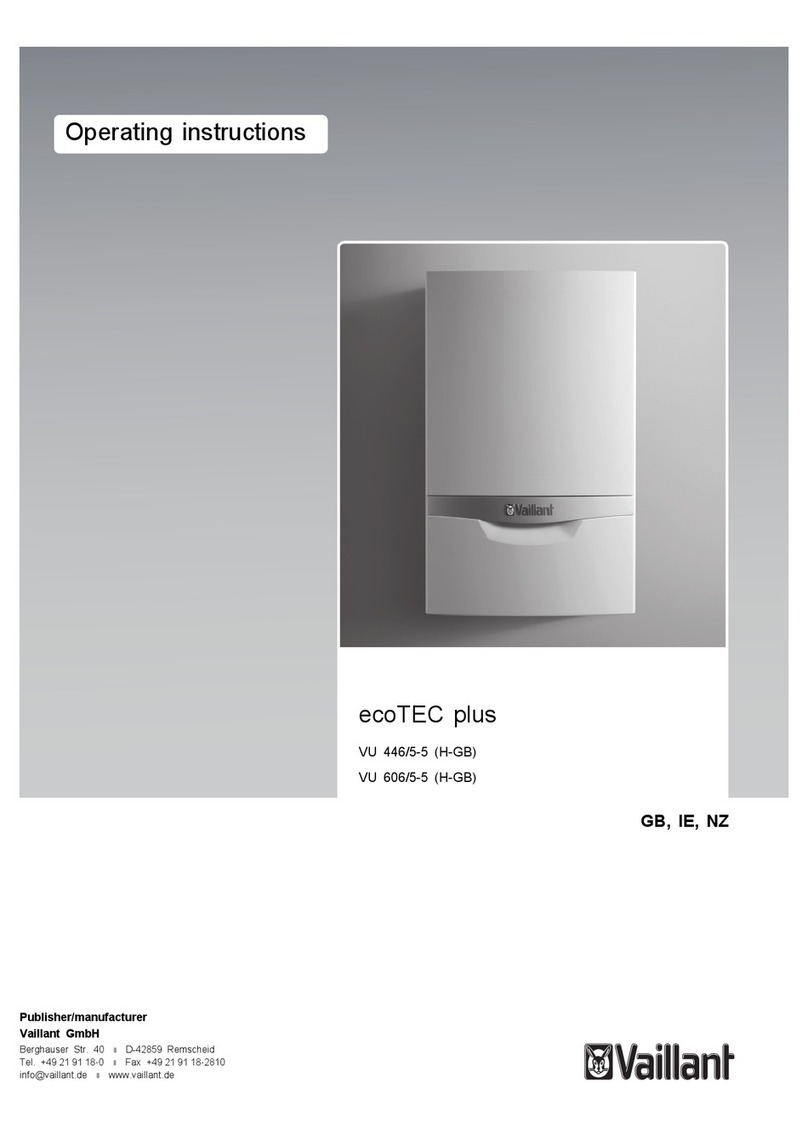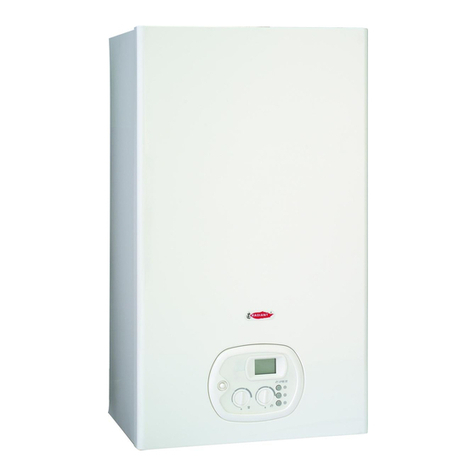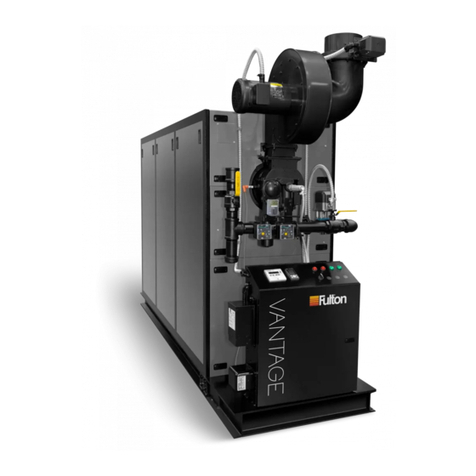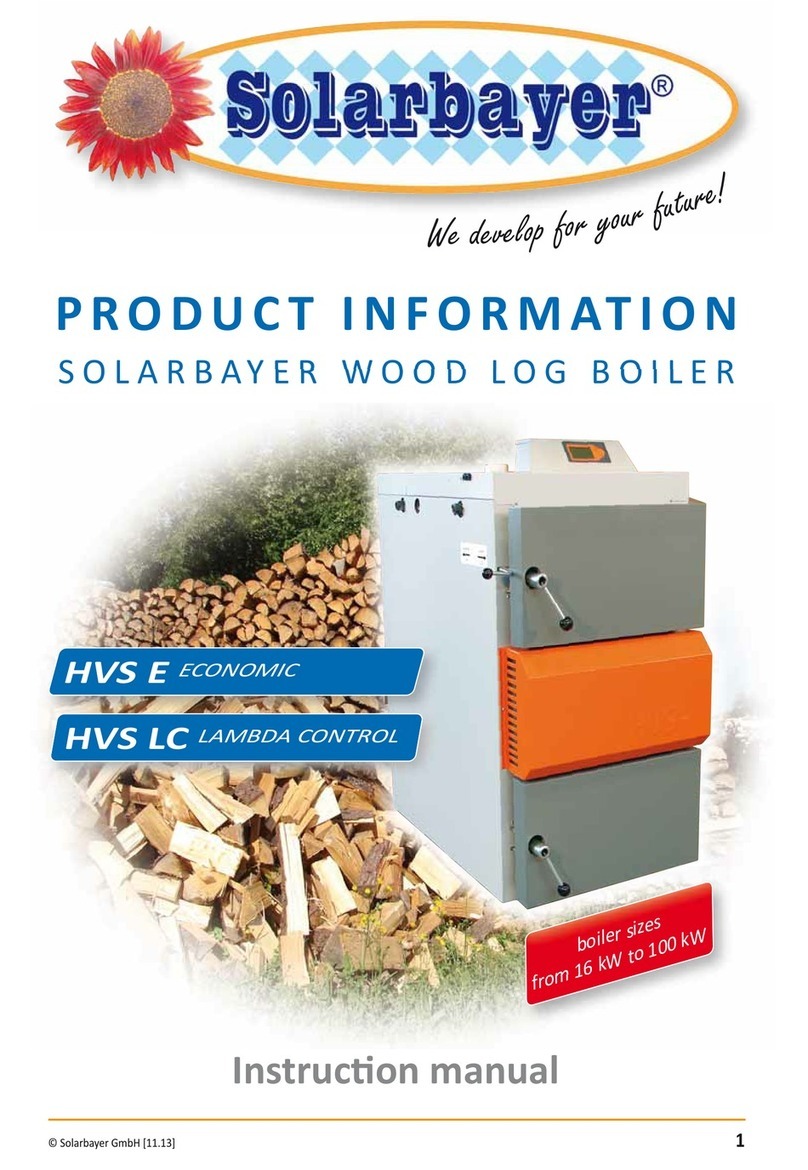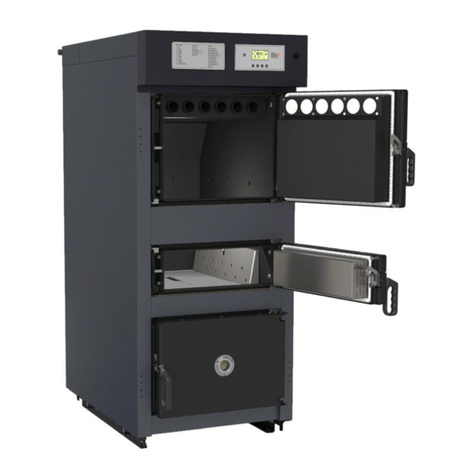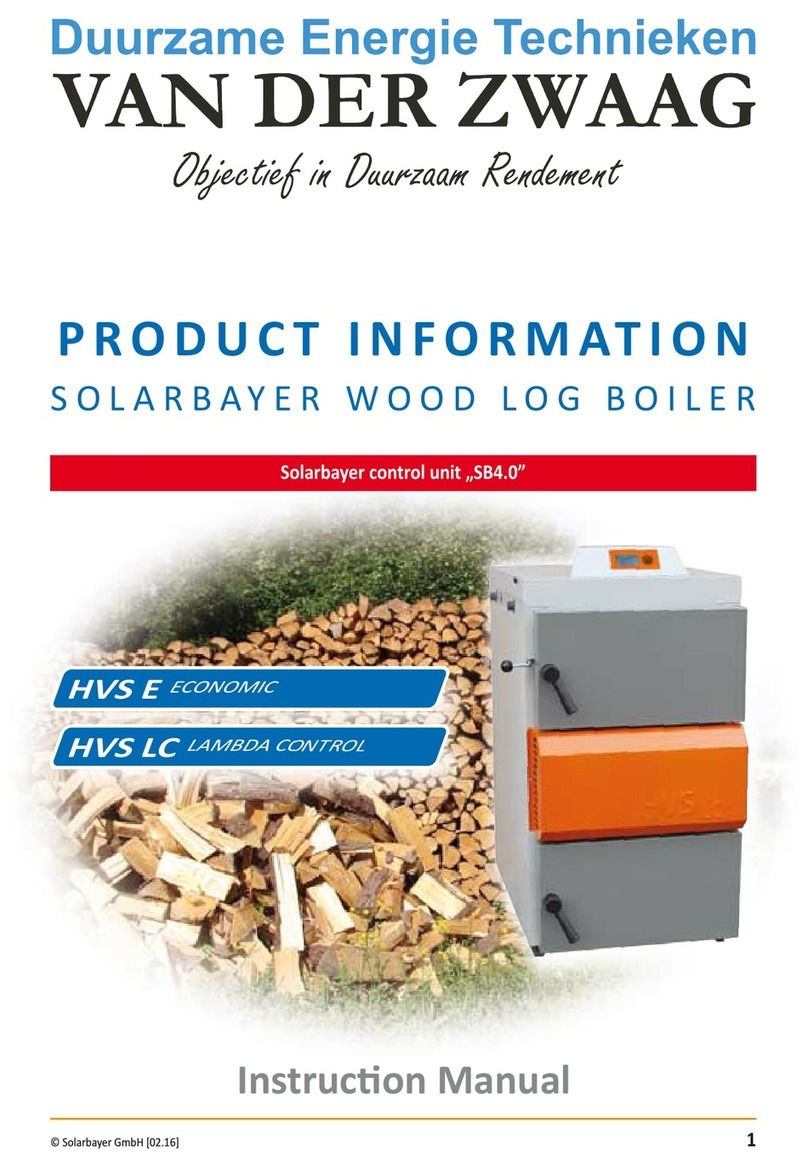10 Solarbayer-Gasifying Log Burner
3 Safety Regulations
3.1 Assembly and Installation
• The boiler can be only operated within a central heating system with a heat capacity corre-
sponding to the output of the boiler.
• When using forced circulation the central heating must be designed in such a way that the mi-
nimum heat consumption of 5 kW of the boiler output is guaranteed in case of power failure
(boiler and pump being switched off) (pipelines to the buffer storage tank should be installed
with automatic transition into gravitation flow). Non-compliance can result in overheating of
the boiler. This is prevented by the safety heat exchanger with drain valve (valve is not inclu-
ded in the scope of delivery for the boiler).
• The boiler must be connected to the chimney in a workmanlike manner and by the shortest
way. No other electrical devices must be connected to the chimney. The air duct must be in
accordance with standard STN 734201 and STN 734210.
• The drain valve of the safety heat exchanger shall be installed at the exchanger inlet to avoid
that the pressure within the system is increased in case of a leaking valve. The maximum per-
missible pressure is 3 bar.
• The boiler must be placed on a firm, load-bearing floor.
• The minimum temperature of the return line water at the boiler inlet must be 72°C.
• The room where the boiler is installed must be ventilated by means of a permanent opening
with a diameter of at least 250 cm. Openings for air supply and air exhaust shall be around the
same size.
• The boiler must be erected in a normal room in acc. with standard STN 33 0300.
• With regard to health and safety at work the regulations of the valid publications by the De-
partment for the Maintenance of Safety and Health at Work, No. 74/1996 of the compendium
of laws as amended hereafter shall be observed.
3.2 Safety - Fire protection
The boiler shall be installed in accordance with the applicable fire protection regulations, stan-
dards and STN 92 0300 (publication 84/1997 of the compendium of laws). With regard to in-
stallation specified safe distances from combustible and inflammable materials and objects have
to be observed. For thermal boilers with an output up to 50 kW the specified safe distance from
combustible materials of class B, C1 and C2 must be at least 200 mm and of class C3 at least
400 mm in accordance with standard. The safe distance is reduced to half if a non-combustible
thermal insulation board (asbestos board with a minimum thickness of 5 mm) is installed 25 mm
from protected combustible material. The board shall project at least 150 mm above the outline
of the boiler with smoke exhaust and above the upper surface of the consumer must be at least
300 mm free space. For your information we quote an extracts from standard STN 730823 for
combustible building materials.
Class A: non-combustible building materials (asbestos, concrete, mortar, brick, glass, fireclay,
etc.)
Class B: very hardly combustible materials (gypsum cardboard, etc.)
Class C1: hardly combustible materials (lignite boards, chip boards in acc. with STN 492615, etc.)
Class C2: moderately combustible materials (wood – oak, alder, larch, fir, wood chip boards, etc)
Class C3: easily combustible materials (wood – pine, beech, ash, poplar, wood fibre boards,
cork, foil sheets, polystyrene, polyethylene, bituminous cardboard, pulp, plywood, etc)
In case of temporary danger of fire, i.e. if combustible gases or vapours escape into the boiler
room/combustion chamber the boiler has to be shut down in due time (fire extinguished).




















